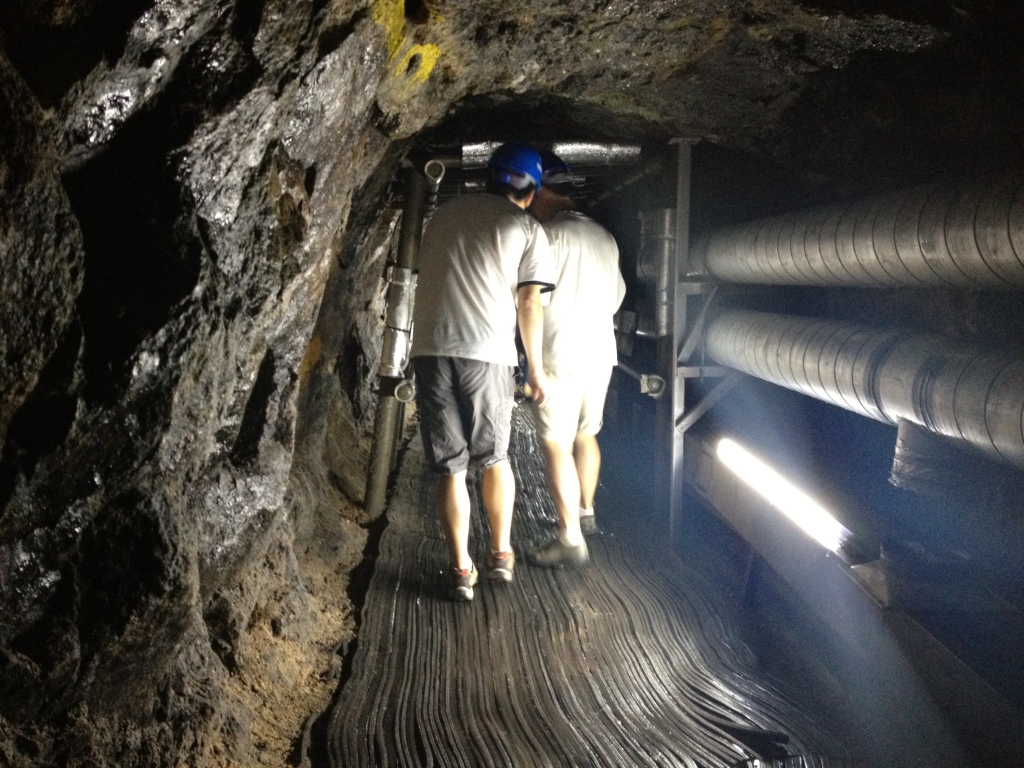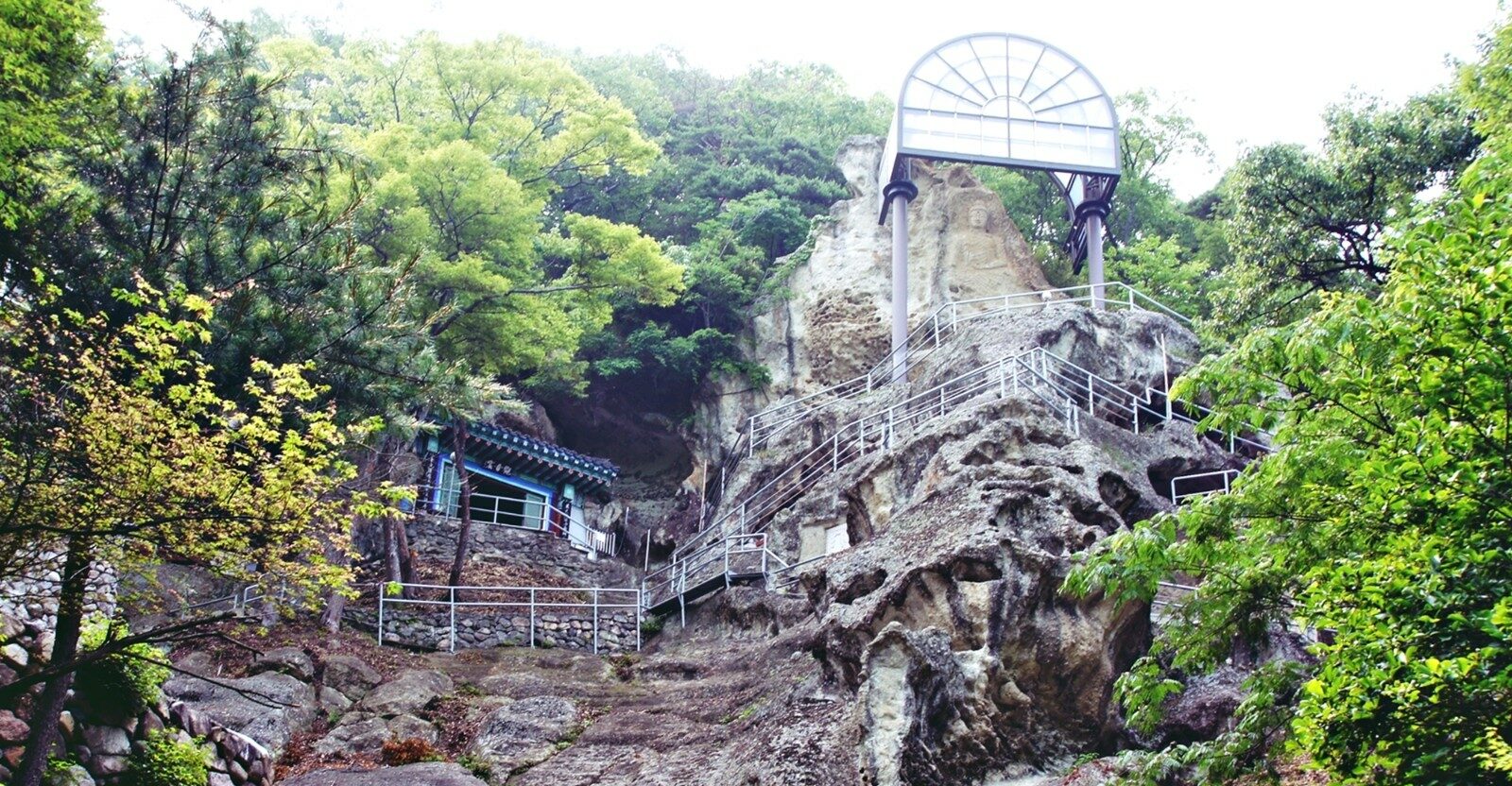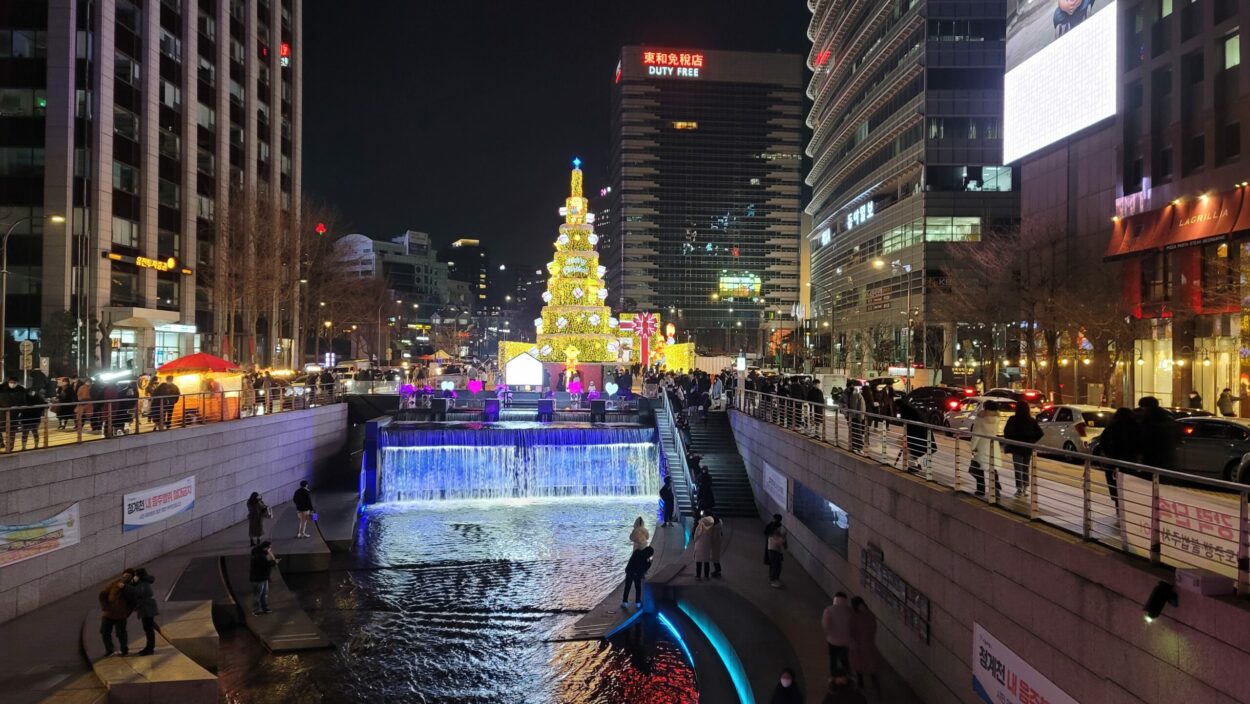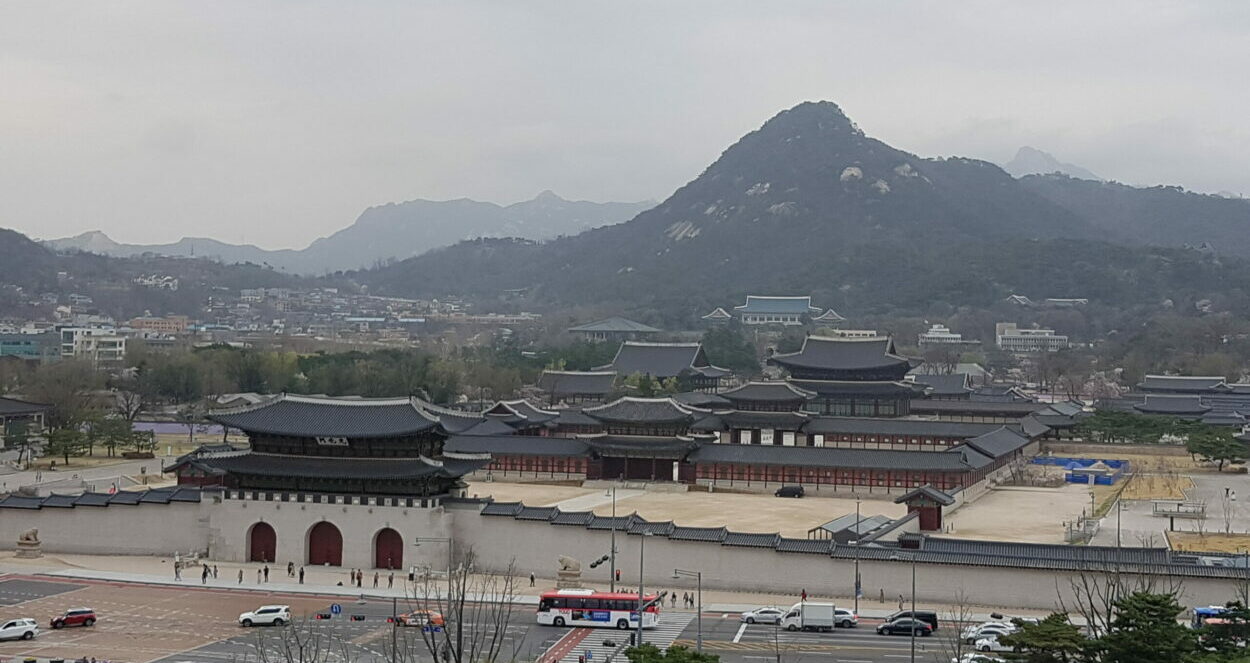Nestled within the heavily fortified demilitarized zone (DMZ) between North and South Korea lies an extraordinary testament to Cold War tensions—the 3rd Infiltration Tunnel. This remarkable underground passage, discovered in 1978, represents one of four known tunnels that offer visitors a tangible connection to a complex period in Korean history.
Engineering Marvel and Historical Significance
Extending 1.6 kilometers in length and reaching depths of 73 meters below ground, this concrete-reinforced tunnel showcases remarkable engineering prowess. Its 2-meter width was designed to accommodate up to 30,000 troops per hour, highlighting its intended military significance. The sloped design, complete with drainage systems and reinforced walls, demonstrates the technical sophistication of its construction.
Modern Visitor Experience
Today, the tunnel serves as an educational site where visitors can descend into history. The modern visitor center provides comprehensive exhibitions about the Korean War, the armistice, and the dramatic discovery of the infiltration tunnels. Guided tours offer insights into the tunnel’s construction and historical context, while safety features like hard hats and guided pathways ensure a secure exploration experience.
Nearby Attractions Worth Exploring
- Dora Observatory
- Offers panoramic views of North Korean territory
- High-powered binoculars available for viewing Kaesong Industrial Region
- Educational displays about life in North Korea
- Photo opportunities of the DMZ landscape
- Imjingak Peace Park
- Historic site featuring the Freedom Bridge
- Houses the Peace Bell and various war memorials
- Includes the Mangbaedan altar where separated families pray
- Features several restaurants and souvenir shops
- DMZ Museum
- Comprehensive exhibits about the Korean War
- Interactive displays and artifacts
- 4D theater showing DMZ wildlife
- Exhibition hall dedicated to reunification efforts
- Unification Village
- One of the few civilian settlements within the DMZ
- Working rice farms and agricultural areas
- Traditional Korean architecture
- Unique glimpse into life within the DMZ
Planning Your Visit
To fully experience the 3rd Infiltration Tunnel and surrounding attractions, consider these tips:
- Book through authorized tour operators
- Allow a full day to explore multiple sites
- Bring appropriate identification documents such as a passport
- Photography restrictions apply in certain areas
- Wear comfortable walking shoes for tunnel exploration
A Symbol of Resilience and Hope
While the tunnel stands as a reminder of past conflicts, it has transformed into a powerful symbol of peace and reconciliation. The surrounding DMZ has become an unintended nature preserve, where rare species thrive in the absence of human development. This juxtaposition of military history and natural beauty creates a unique experience that draws visitors from around the world.
The 3rd Infiltration Tunnel and its neighboring attractions offer more than just historical insights—they provide a comprehensive understanding of the Korean Peninsula’s past, present, and potential future. Each site contributes to a deeper appreciation of the ongoing journey toward peace and the resilient spirit of the Korean people.
“Want to visit this place effortlessly? Let us customize your trip!”




